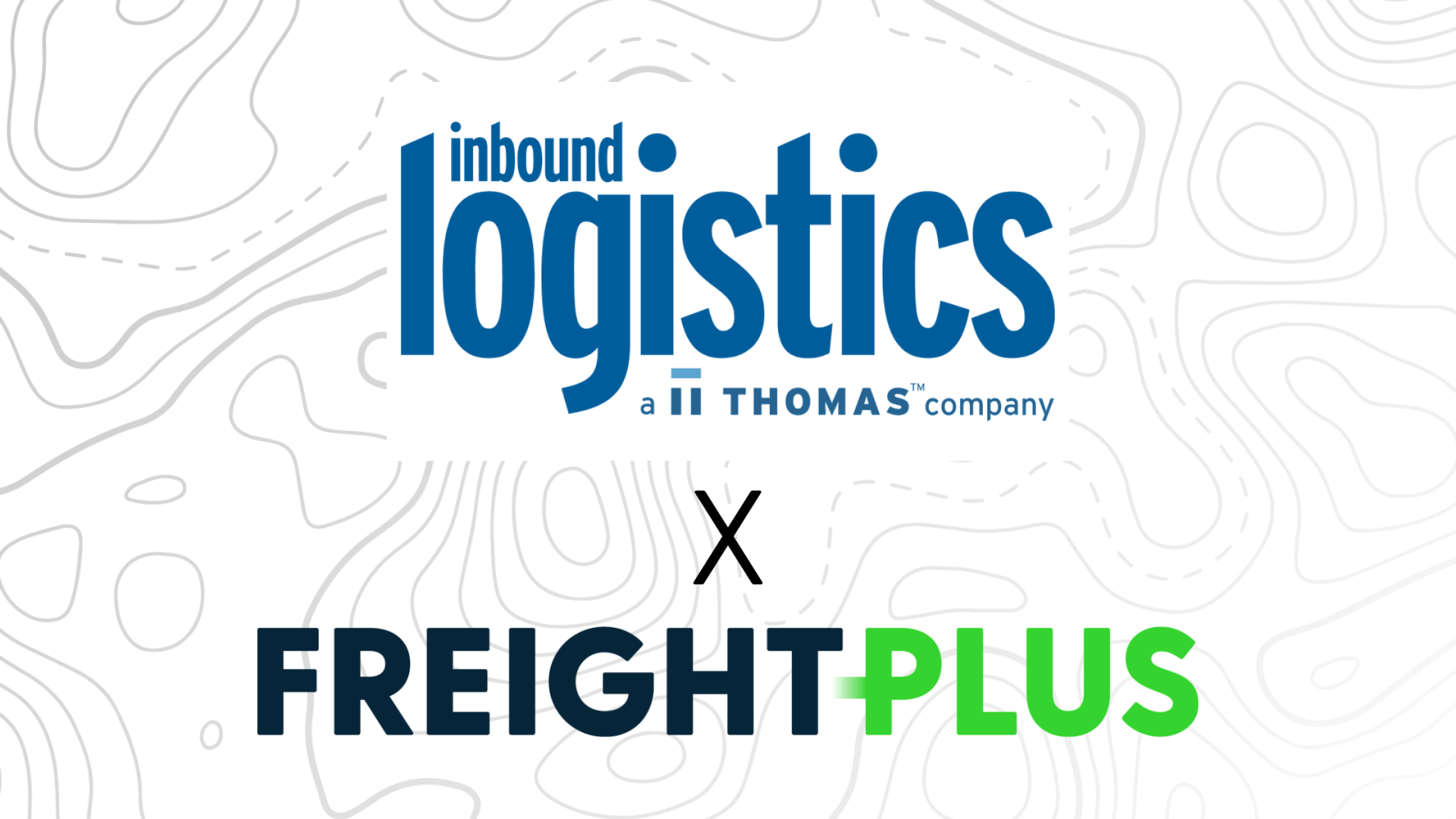Logistics Visibility: Freight Accruals & Recognizing Revenue
( Listen to this article
)
Accounting for freight costs is a complicated process that shouldn't be reduced to simple percentages. It doesn't matter what vertical a business is in, if a company procures and transports freight there's bound to be uncertainty regarding how to account for cost of goods along with their shipping costs. One way that companies keep track of this is with freight accruals. Quite simply, freight accruals are used to keep track of the costs associated with the transportation of goods that have yet to be billed by the carrier.
A lot of companies will accrue for freight based on a set percentage of Cost of Goods Sold (COGS). This allows accounting teams to deal with accrued freight cost like an expense account.Following the accrual method of accounting
, expenses are recognized when they are incurred, not necessarily when they are paid.
Beware
- Freight accruals are the opposite of prepaid expenses. While prepaid expenses should represent assets on the balance sheet, accruals are liabilities.
Here's how it works:
Let's say a company considers freight spend to be 10% of their cost of goods. On a given shipment, 10% of the total COGS would be set aside as the debit balance – decreases would be noted as credits while increases would be noted as debits.
Since freight costs are almost never stable and the percentage used to factor them is typically based on averages, many businesses are exposing themselves to financial risk and unnecessary work on the back-end of a shipment. Although freight accruals may seem complex, they can be handled similar to most other business expenses. The key difference is that accounting for freight requires constant updating and oversight; however, with good practices, companies are rewarded with accurate financial ledgers.
There are two main drivers for this lack of transparency in the cycle of a freight shipment
1. Lack of visibility
- dirty data
, outdated technology, no TMS
2. Poor billing practices
- inconsistent billing cycles, lack of internal controls, insufficient external oversight
Best practices, such as using a Transportation Management System ( TMS
), can help your organization work at a more effective scale to increase shipment visibility, recognize revenue quicker, and provide clarity on services that have been performed but not billed. Working with a TMS that has EDI/API connectivity will help your team understand when your shipments have been received by your customers. At that point, you know the title of goods has been transferred and you can safely recognize revenue. This becomes critically important if your company needs to report financials at scheduled intervals such as monthly, quarterly, or annually. Further, knowing when a shipment has been received by a consignee can help firms accrue for freight. If a financial team knows when the goods have been delivered they can proactively reach out to the carrier for an invoice.
Knowing your assets' cost is knowing your assets' value. Since freight can account for a substantial portion of total cost of goods, it should go without saying that freight accruals and their actuals need to be accurate. This means not just knowing the final invoice cost, but making sure those costs are as low as possible before your PO is even generated. An optimized freight accounting process can save significant time, money and help ensure the accuracy of your books. Accruals are another step towards optimization as they reveal the true nature of your cash inflows and outflows.
Speak to a trusted financial specialist at Aborn & Co. today for a free consultation
and optimize your process today.
Listen to the latest episode of our podcast. Tune in below or on iTunes
, Spotify
, or simply search your favorite podcast player for Consulting Logistics!











